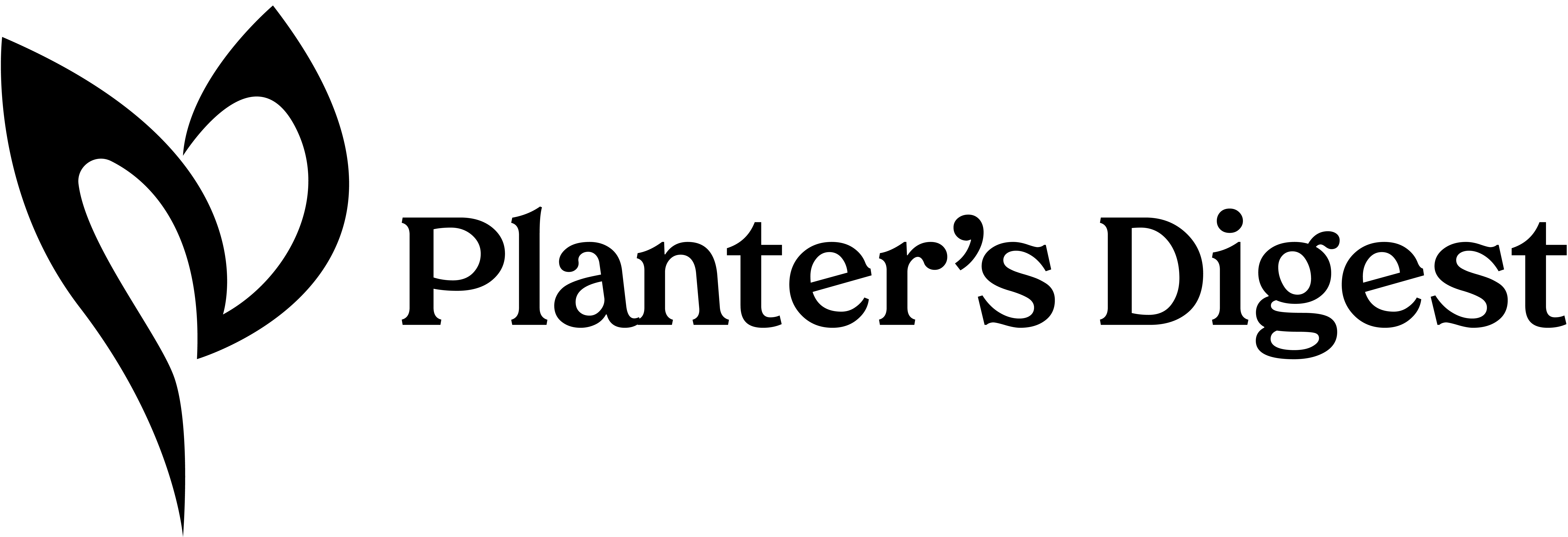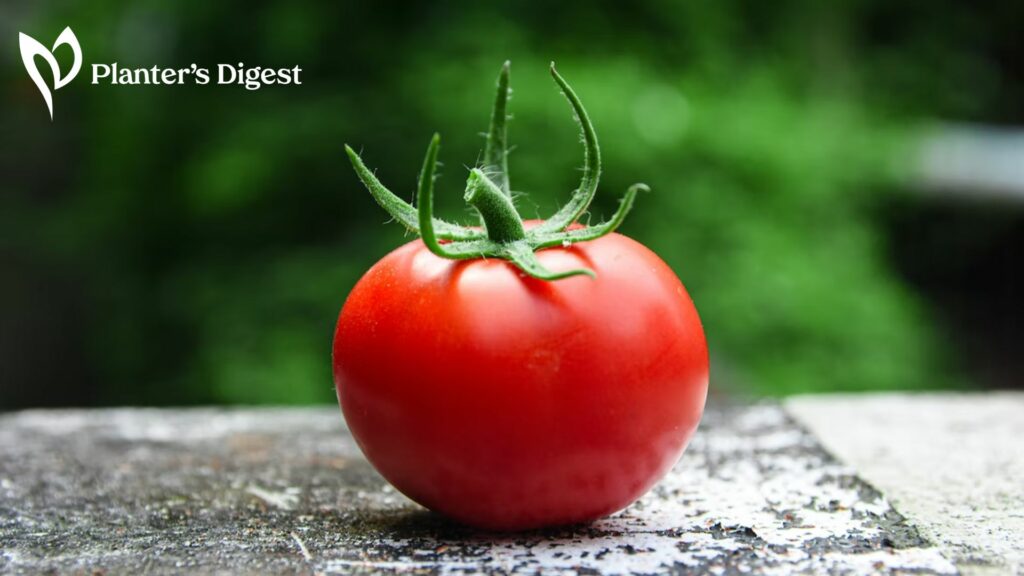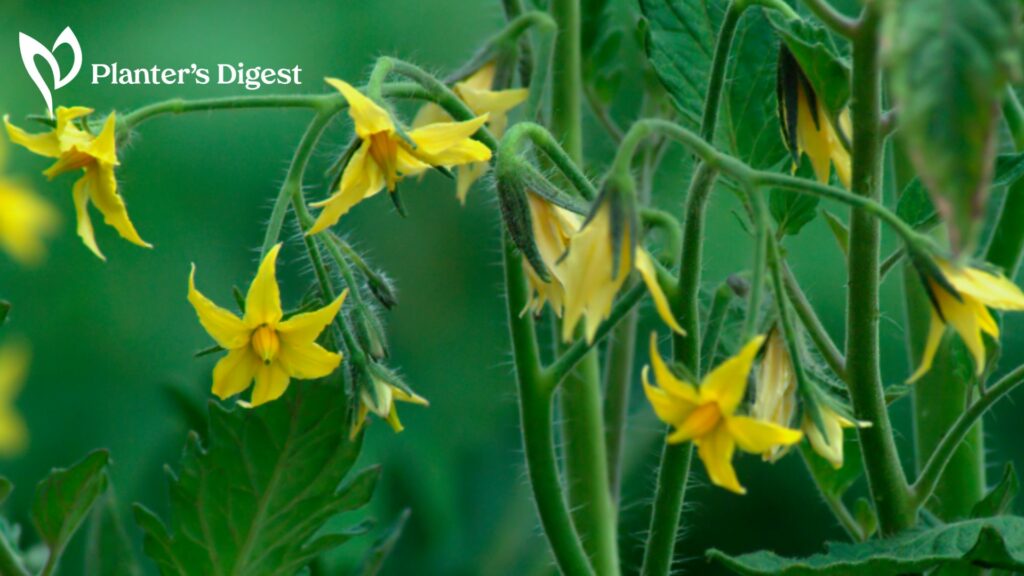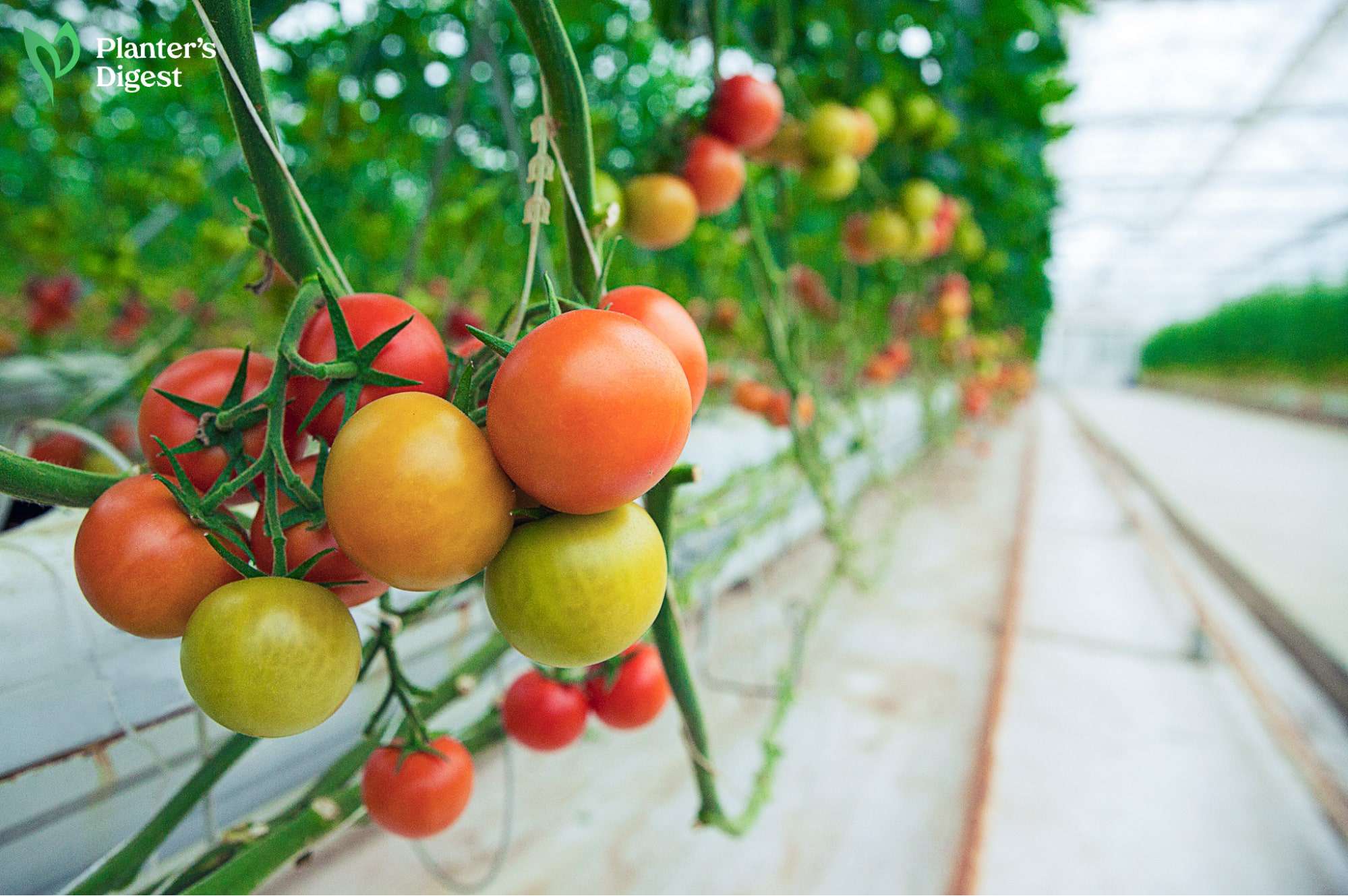
Tomato plants tend to grow vigorously and aggressively. And while we love them for all the plump, juicy, red tomatoes they give us, sometimes they just have to be controlled.
One of the most common gardening techniques to keep tomato plants in line is by topping them off. In this article, we’ll explore the world of topping and its advantages and disadvantages when it comes to keeping your tomato plants healthy.
What is topping in tomato plants?
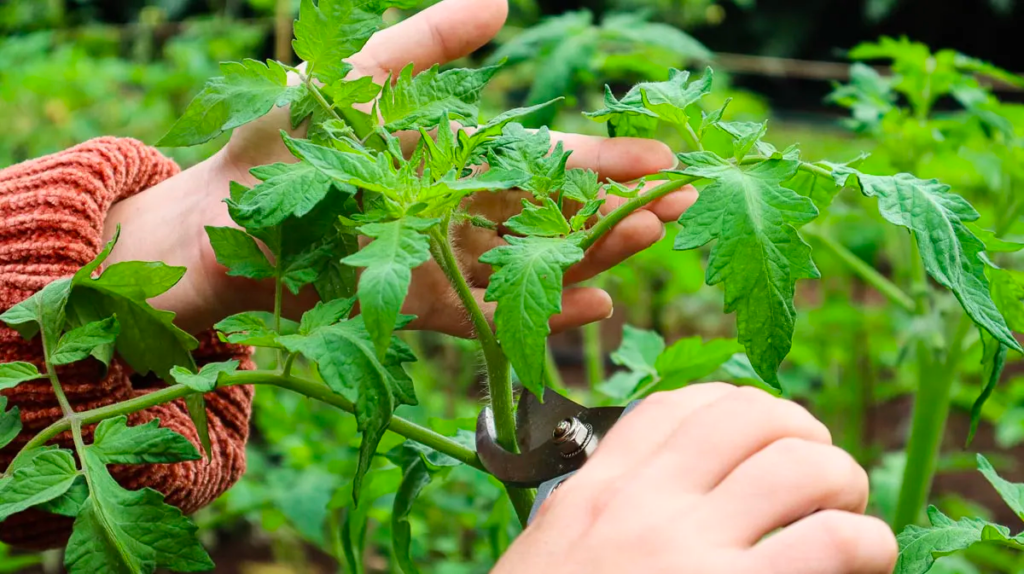
Topping in tomato plants refers to a pruning technique where the central stems of the plant are trimmed off. Cutting the top growth of tomato plants helps produce stronger stems and focus their energy on flowering and fruiting.
What are the benefits of topping tomato plants?
Topping tomato plants helps encourage flowering, grow stronger stems, speeds up ripening, help produce bigger tomatoes, improve air circulation, and control excessive growth.
1. Topping tomato plants encourages flowering
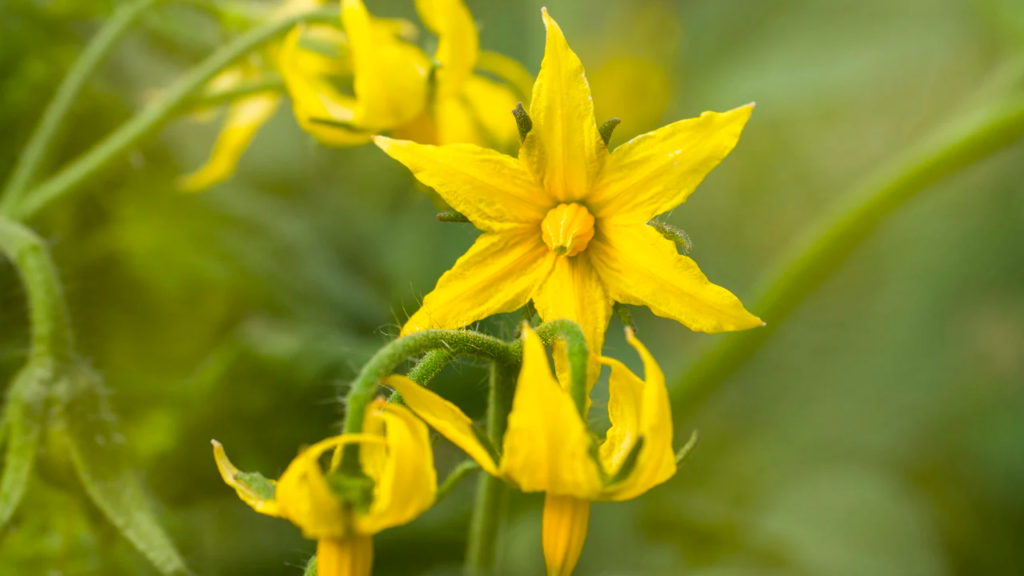
When plants grow bigger stems and more leaves, it leaves little to no energy to produce flowers. So, topping the tomato plant will help redirect the plant’s energy towards flowering and later produce tasty and bigger tomatoes.
2. Topping tomato plants helps grow stronger stems
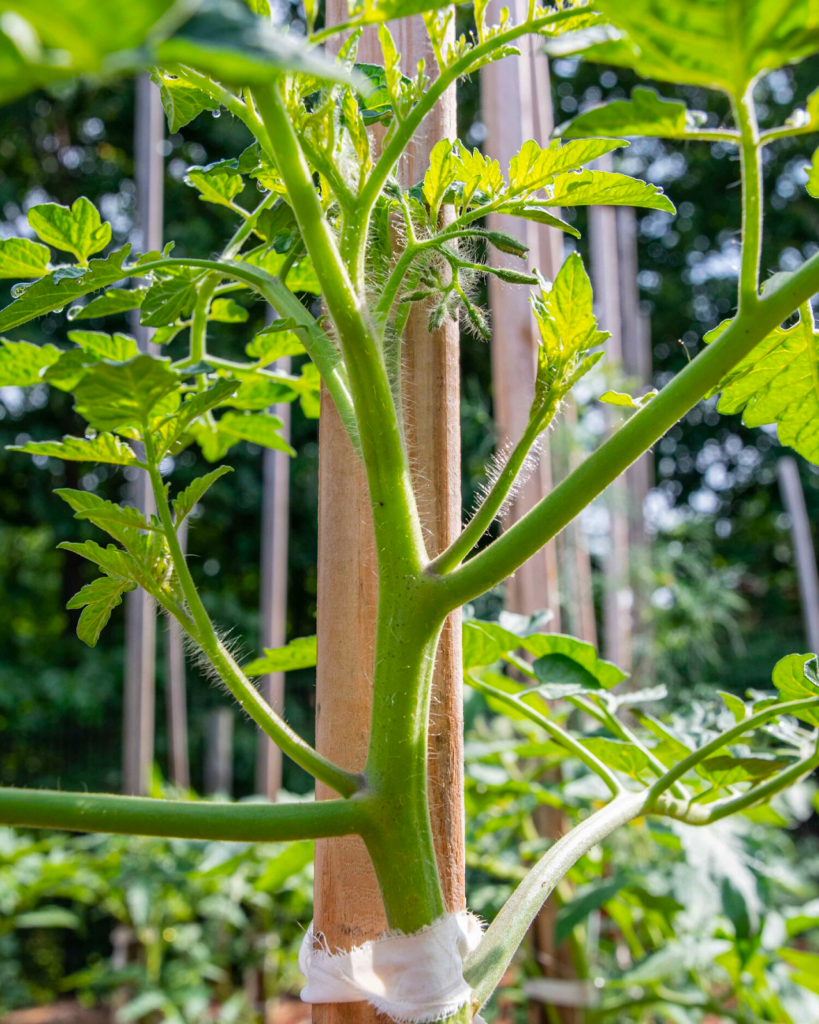
When you top tomatoes at the beginning of the planting season, you’ll help them reproduce strong central stems and branches.
These stems become more resistant to wind and can support the weight of the tomato plant, especially when they begin fruiting.
3. Topping tomato plants speeds up ripening

Towards the end of the growing season, there may still be flowers or green tomatoes waiting to be ripened.
To speed up the ripening process, you can top off the tomato plant so that all its energy from growing leaves and stems will be redirected toward fruit production.
If you plan to make large batches of tomato sauces or soups on a tight deadline, you can also use topping as a technique.
You can top the tomato that’s already 6 feet tall so that all the remaining fruits ripen evenly. This way, you can harvest tomatoes faster and just in time to meet your cooking deadline.
4. Topping tomato plants produces bigger tomatoes
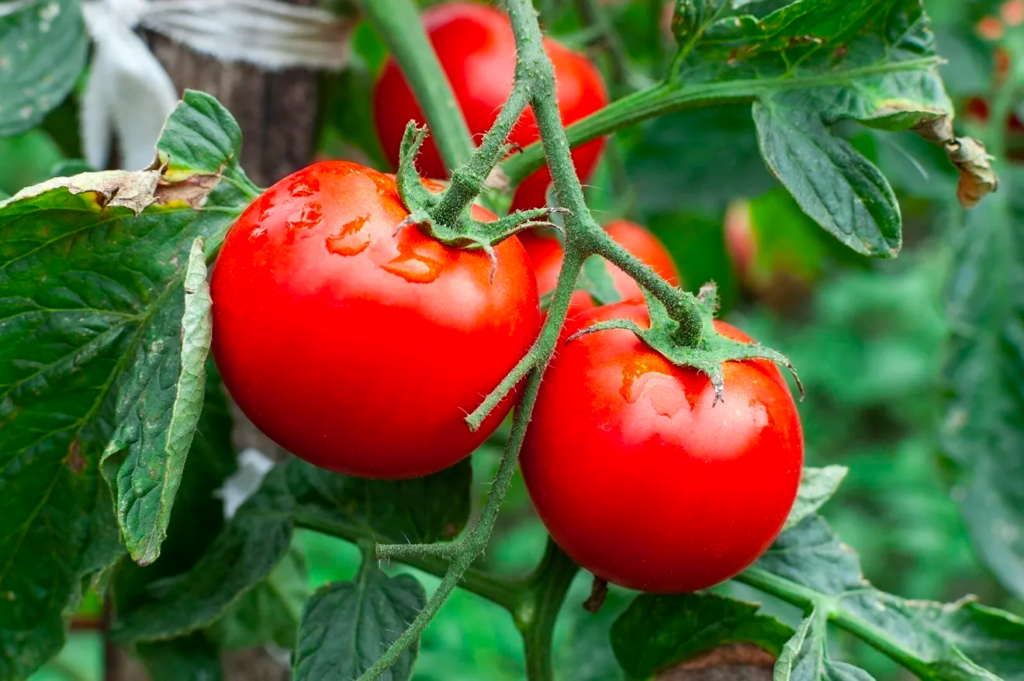
Expect a larger and increased tomato yield after topping your tomato plant. By topping them off, its roots can send more nutrients and energy for fruit production.
With more water and nutrients to share with existing tomatoes, fruits will grow bigger and ripen faster.
5. Topping tomato plants improves air circulation
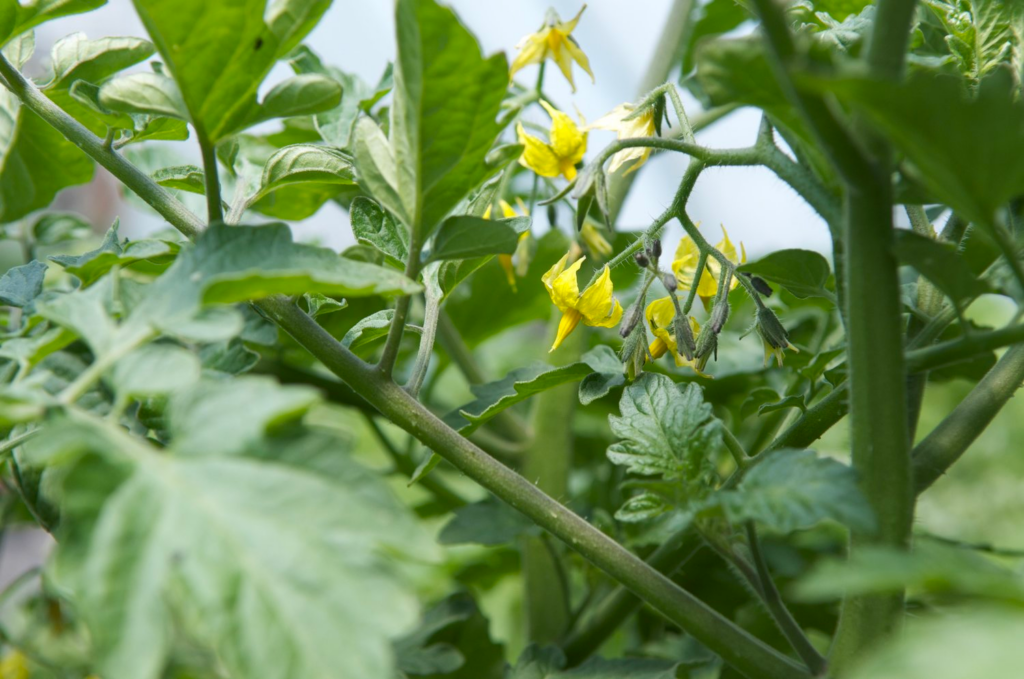
Topping tomatoes help improve air circulation and ventilation in the plant. It also lets more light which will help produce bigger and tastier tomatoes.
More importantly, proper ventilation keeps the tomato leaves dry and prevents them from becoming breeding grounds for harmful bacteria or pathogens causing plant diseases.
6. Topping tomato plants controls excessive growth

Tomato plants are prolific growers. During their mid to late growing season, their stems tend to grow taller vigorously, which leaves them vulnerable to snapping with just a high wind breeze or because of the weight of heavy tomatoes.
Topping helps control the growth of the tomato plant. It not only prevents it from snapping off but also prevents it from contracting soil-borne diseases from the ground.
As these tomato plants are kept at a certain height, you can also train their growth using a trellis, cage or wooden stake to support the plant further.
When is topping a tomato plant not recommended?
Topping tomato plants is not recommended when you have determinate tomatoes, above the node or in a warm climate.
1. Topping tomato plants is not recommended for determinate varieties

Determinate tomato plants grow at a certain height and produce fruits that ripen all at the same time. When you top a determinate tomato plant, it will definitely stunt the growth of its central stem and will not be able to grow past the cutting.
As a result, there will be reduced fruit production and delayed harvests from your tomato plant.
In fact, the only time you can top them is at the end of the growing season to send the plant’s remaining energy to ripen the last batch of tomatoes.
To prevent this mishap, make sure that you know what type of tomato plant is in front of you. Keep in mind that you can only top indeterminate tomato varieties; otherwise, you’ll end up damaging a determinate one.
2. Topping tomato plants should not be done above the node
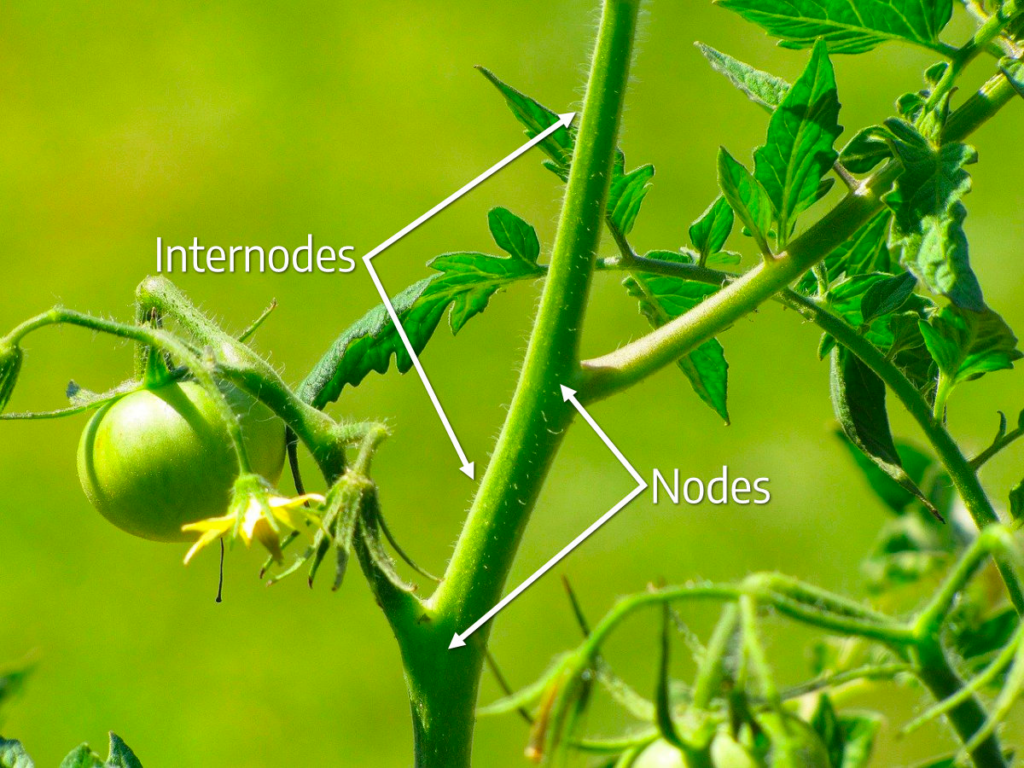
Never top the area where a leaf, tomato sucker or truss meets the central stem. This place is filled with hormones that facilitate reproduction and render topping useless.
A better workaround is to cut below these nodes. If the cut point is infected, it will give you potential waste material and allow you to cut the stems away from the trusses.
3. Topping tomato plants is not recommended in warmer climates
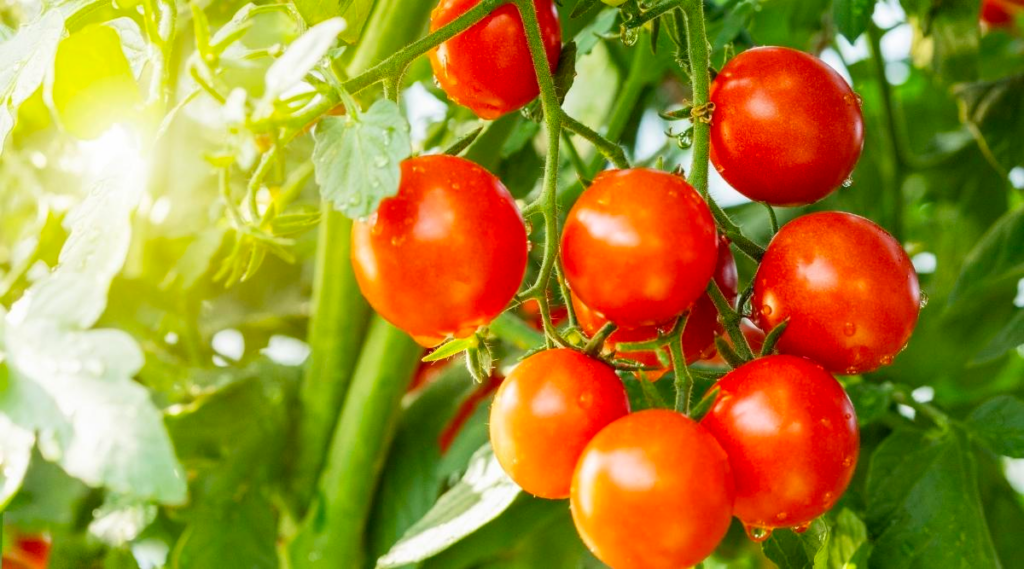
The harvest window gets shortened when you top tomato plants in warm climates. So, it’s better not to top your tomato plant so you’ll produce bigger fruits with a longer harvesting period.
When should you top tomato plants?
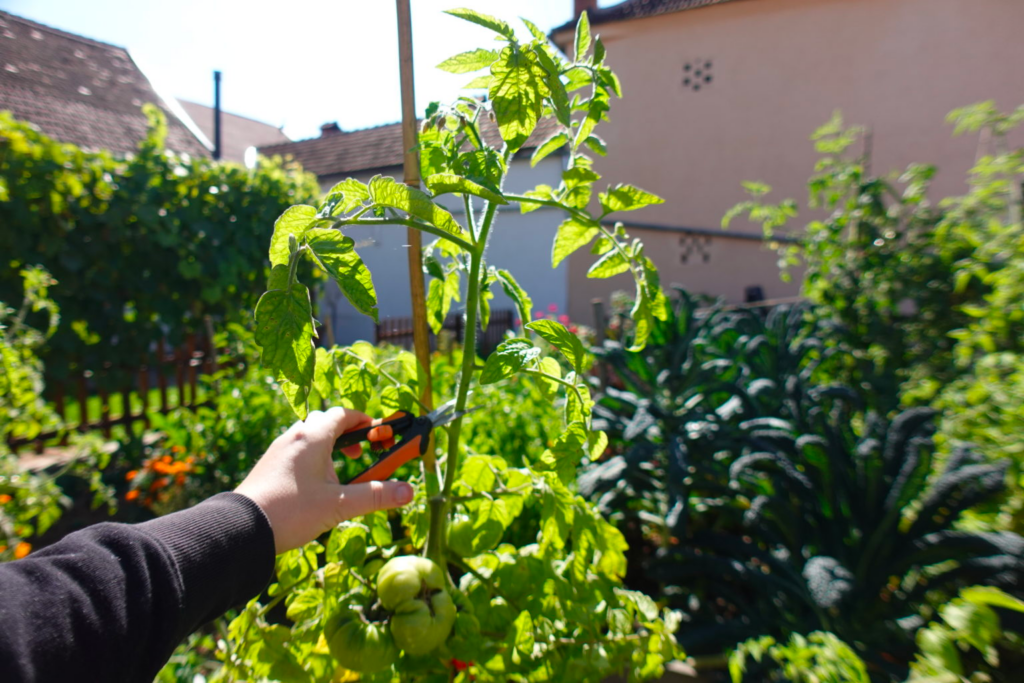
The best time to top tomato plants is when they reach at least 6 feet tall, usually about 45 to 60 days before the growing season.
When tomato plants are topped in cool climates, they result in reduced growth and improved ventilation. It’s recommended that topping be done every 2 to 3 weeks when they reach 6 feet tall.
Topping tomato plants helps prevent diseases and train the plant’s growth in warm climates. They’re usually topped when they reach 8 feet tall when the weather cools down.
Topping is also recommended when the greenhouse becomes too humid, exceeding 75%, since there is now a risk of contracting blight and other fungal diseases. So, the topping will reduce shade and improve ventilation in the tomato plant.
Finally, it’s time to top your tomato plant ahead of frost. As the plants begin to wilt and wither, top the tomatoes and let the plant focus its energy on helping the fruits ripen.
How To Top Tomato Plants

| Difficulty | Easy ●○○○○ |
| Duration | 1 to 2 hours |
| Things You Need | • Pruning shears • Rubbing alcohol or 5% bleach solution |
Generally, indeterminate tomato plants can be topped throughout the season since they can grow back.
They are topped at the beginning of the season to improve growth and prevent leggy stems before the fruits begin to set.
On the other hand, indeterminate tomato plants are topped mid-season to control their height and give ample support to the weight of the heavy fruits.
By the end of the season, topping indeterminate varieties helps direct all its energy to the ripening of the last batch of tomatoes.
Determinate tomatoes, however, can only be topped at the end of the season to speed up the ripening of the last batch of tomato harvest. Topping them earlier will only stunt their growth and limit your tomato yield.
Now that you’ve decided to top your tomato plant, here is a step-by-step guide on how to do them correctly.
| How To Top Tomato Plants 1. Disinfect your pruning shears with rubbing alcohol or 5% bleach to prevent the spread of plant diseases. 2. Identify the central stem of the plant. 3. Trim the central stem by cutting the leaf node. 4. Keep the node of the stem to make sure it grows back stronger from the cutting point. 5. In end-of-season topping, cut the stem above the best-performing fruits. 6. Leave enough foliage to shade the tomatoes from the sun’s scorching heat. 7. Repeat the process every 1 to 2 weeks. |
What is the difference between topping and pinching in tomato plants?

Pinching out tomato tips means taking out leaves, suckers and flowers. It is usually done to young tomato seedlings for more productive lateral growth.
On the other hand, topping tomato plants is done during their growing season to stunt their growth.
When should you pinch tomato plants?

Tomato plants, specifically determinate varieties, should be pinched when they grow into seedlings, develop tomato suckers or produce their first flowers to redirect their energy to other plant parts.
Below is a summary of the benefits of pinching tomato plants in every stage of their growth.
| Growth Stage | Benefit |
| Tomato Seedling | • Faster growth • Development of leaves, stems, and branches |
| Tomato Suckers | • Stronger central stem • Bigger and more flavorful tomatoes |
| First Flowers | Development of roots, leaves and stems |
Determinate or bush tomatoes benefit more from pinching because it encourages the growth of more branches which will later produce more fruits at their tips.
On the other hand, indeterminate or cordon tomato varieties usually develop two short main stems and do not need pinching out.
When tomato seedlings grow about 4 to 6 inches tall, you can start pinching off their lower leaves to encourage the plant to direct its energy to grow faster.
When you see tomato suckers emerging from the branch and main stem, you can also pinch off the suckers so the main stem can grow stronger. As a result, you’ll have bigger and more flavorful tomatoes.
Pinching off the first flowers of the tomato plant will also help it focus its energy on developing its roots, leaves and stems.
FAQs on Topping Tomato Plants
Tomato plants cannot be topped at any time. The best time to top tomato plants is within 45 to 60 days during their growing season when they have grown to 6 feet tall.
Tomato plants should be topped every one to two months.
Topping tomato plants increases fruit production as the plant’s energy is focused on helping tomatoes develop sugars and absorb more water and nutrients.
Removing tomato suckers is an alternative method where side shoots emerging between the branch, and the main stem are pruned off the tomato plant.
Indeterminate and determinate tomato varieties can be topped off. However, while indeterminate varieties can be topped throughout the growing season, determinate varieties can only be topped by the end of the season.
Only the head of the main stem can be topped off to facilitate branching and production of stronger central stems.
Provide support to your tomato plants after topping through the use of wooden stakes, trellis or wire cages.
Apart from tomatoes, pepper plants are also topped when young to produce larger fruits and prevent leggy growth.
Tomato cuttings can produce new tomato plants by placing them in a cup of water until new roots begin to grow. They can also be added to compost heaps or mulch to help retain moisture in the soil.

